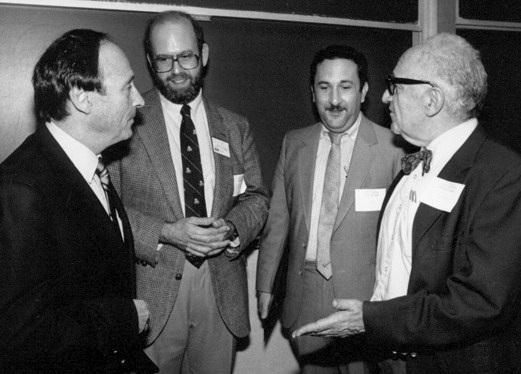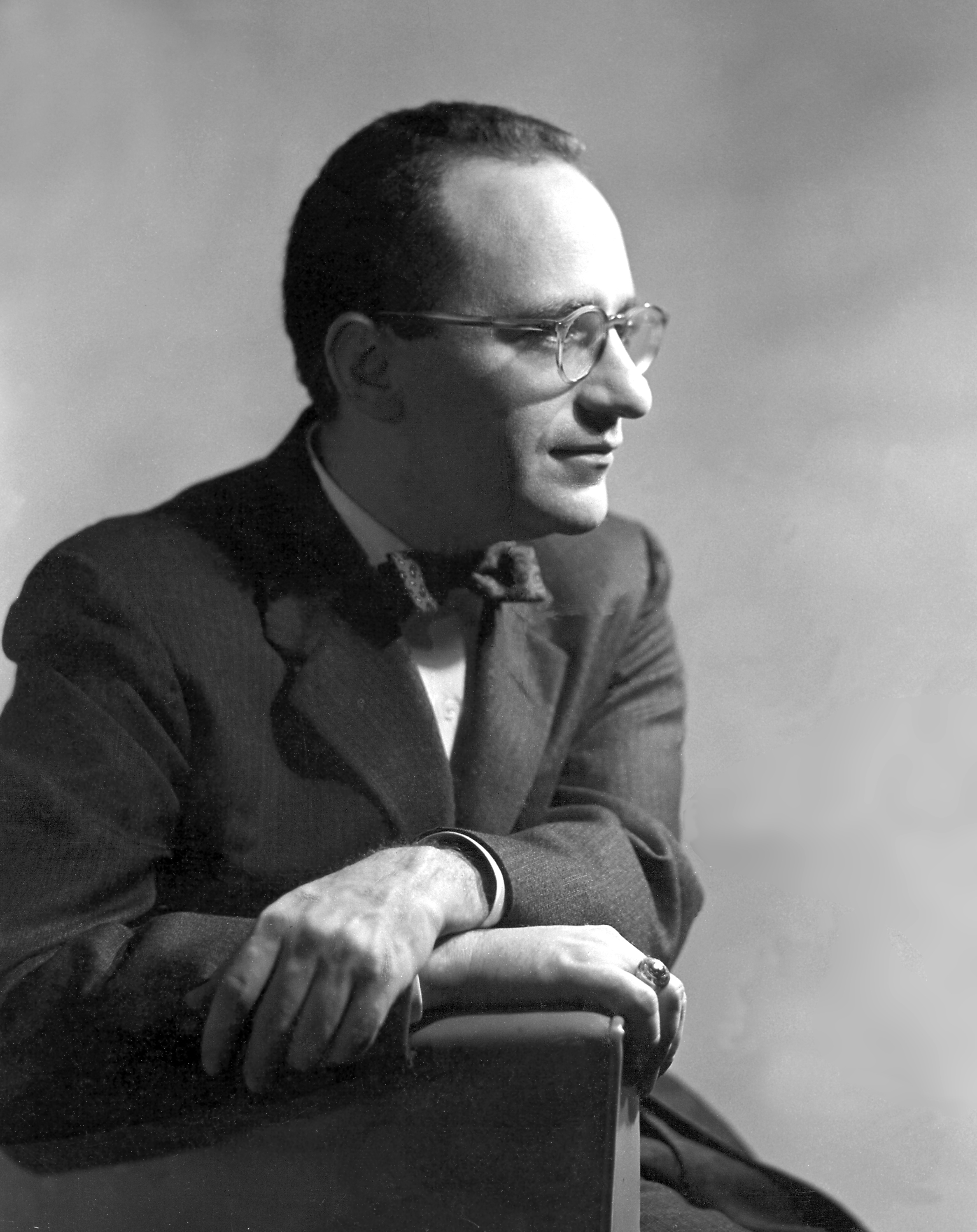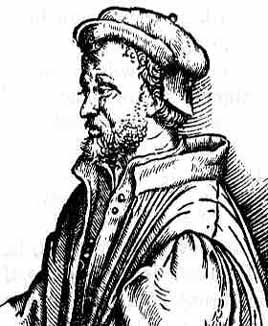|
Daniel Bernoulli
Daniel Bernoulli ( ; ; – 27 March 1782) was a Swiss people, Swiss-France, French mathematician and physicist and was one of the many prominent mathematicians in the Bernoulli family from Basel. He is particularly remembered for his applications of mathematics to mechanics, especially fluid mechanics, and for his pioneering work in probability and statistics. His name is commemorated in the Bernoulli's principle, a particular example of the conservation of energy, which describes the mathematics of the mechanism underlying the operation of two important technologies of the 20th century: the carburetor and the aeroplane wing. Early life Daniel Bernoulli was born in Groningen (city), Groningen, in the Netherlands, into a Bernoulli family, family of distinguished mathematicians.Murray Rothbard, Rothbard, MurrayDaniel Bernoulli and the Founding of Mathematical Economics, ''Mises Institute'' (excerpted from ''An Austrian Perspective on the History of Economic Thought'') The Bernou ... [...More Info...] [...Related Items...] OR: [Wikipedia] [Google] [Baidu] |
Groningen (city)
Groningen ( , ; ; or ) is the capital city and main municipality of Groningen (province), Groningen province in the Netherlands. Dubbed the "capital of the north", Groningen is the largest place as well as the economic and cultural centre of the northern part of the country; as of January 2025, it had 244,807 inhabitants, making it the sixth largest city/municipality in the Netherlands and the second largest outside the Randstad. The Groningen metropolitan area has a population of over 360,000. Groningen was established more than 980 years ago but never gained City rights in the Low Countries, city rights. Due to its relatively isolated location from the then successive Dutch centres of power (Utrecht, The Hague, Brussels), Groningen was historically reliant on itself and nearby regions. As a Hanseatic League, Hanseatic city, it was part of the North German trade network, but later it mainly became a regional market centre. At the height of its power in the 15th century, Gron ... [...More Info...] [...Related Items...] OR: [Wikipedia] [Google] [Baidu] |
France
France, officially the French Republic, is a country located primarily in Western Europe. Overseas France, Its overseas regions and territories include French Guiana in South America, Saint Pierre and Miquelon in the Atlantic Ocean#North Atlantic, North Atlantic, the French West Indies, and List of islands of France, many islands in Oceania and the Indian Ocean, giving it Exclusive economic zone of France, one of the largest discontiguous exclusive economic zones in the world. Metropolitan France shares borders with Belgium and Luxembourg to the north; Germany to the northeast; Switzerland to the east; Italy and Monaco to the southeast; Andorra and Spain to the south; and a maritime border with the United Kingdom to the northwest. Its metropolitan area extends from the Rhine to the Atlantic Ocean and from the Mediterranean Sea to the English Channel and the North Sea. Its Regions of France, eighteen integral regions—five of which are overseas—span a combined area of and hav ... [...More Info...] [...Related Items...] OR: [Wikipedia] [Google] [Baidu] |
An Austrian Perspective On The History Of Economic Thought
''An Austrian Perspective on the History of Economic Thought'' is two-volume non-fiction work written by Murray N. Rothbard. Rothbard said he originally intended to write a "standard Adam Smith-to-the-present moderately sized book"; but expanded the scope of the project to include economists who preceded Smith and to comprise a multi-volume series. Rothbard completed only the first two volumes, ''Economic Thought Before Adam Smith'' and ''Classical Economics''. Release history * ''An Austrian Perspective on the History of Economic Thought''. Edward Elgar Publishing. 1995. . * ''An Austrian Perspective on the History of Economic Thought''. Ludwig von Mises Institute The Ludwig von Mises Institute for Austrian Economics, or Mises Institute, is a nonprofit think tank headquartered in Auburn, Alabama, that is a center for Austrian economics, right-wing libertarian thought and the paleolibertarian and anarcho .... Auburn, Alabama. 2006. (2 Volume Hardback totaling 1,084 pages). ... [...More Info...] [...Related Items...] OR: [Wikipedia] [Google] [Baidu] |
Mises Institute
The Ludwig von Mises Institute for Austrian Economics, or Mises Institute, is a nonprofit think tank headquartered in Auburn, Alabama, that is a center for Austrian economics, right-wing libertarian thought and the paleolibertarian and anarcho-capitalist movements in the United States. It is named after the economist Ludwig von Mises (1881–1973) and promotes the Misesian version of heterodox Austrian economics. The Mises Institute was founded in 1982 by Lew Rockwell, chief of staff to Texas Republican Congressman Ron Paul. Early supporters of the institute included economist F. A. Hayek, writer Henry Hazlitt, economist Murray Rothbard, Ron Paul, and libertarian coin dealer Burt Blumert. History The Mises Institute was founded in 1982 by Lew Rockwell, who was chief of staff to Texas Republican Congressman Ron Paul; previously Rockwell had been editor for the conservative Arlington House Publishers and had worked for the far-right John Birch Society and t ... [...More Info...] [...Related Items...] OR: [Wikipedia] [Google] [Baidu] |
Murray Rothbard
Murray Newton Rothbard (; March 2, 1926 – January 7, 1995) was an American economist of the Austrian School,Ronald Hamowy, ed., 2008, The Encyclopedia of Libertarianism', Cato Institute, Sage, , p. 62: "a leading economist of the Austrian school"; pp. 11, 365, 458: "Austrian economist". Economic history, economic historian, Political philosophy, political theorist, and Activism, activist. Rothbard was a central figure in the 20th-century American libertarian movement, particularly its Right-libertarianism, right-wing strands, and was a founder and leading theoretician of anarcho-capitalism (as termed by Rothbard; but later opposing the 'anarchism' label on both etymological and historical grounds).Rothbard, Murray (1950s)"Are Libertarians 'Anarchists'?"/ref> He wrote over twenty books on political theory, history, economics, and other subjects. Rothbard argued that all services provided by the "monopoly system of the corporate state" could be provided more efficiently by ... [...More Info...] [...Related Items...] OR: [Wikipedia] [Google] [Baidu] |
Wing
A wing is a type of fin that produces both Lift (force), lift and drag while moving through air. Wings are defined by two shape characteristics, an airfoil section and a planform (aeronautics), planform. Wing efficiency is expressed as lift-to-drag ratio, which compares the benefit of lift with the air resistance of a given wing shape, as it flies. Aerodynamics is the study of wing performance in air. Equivalent Foil (fluid mechanics), foils that move through water are found on Hydrofoil, hydrofoil power vessels and Sailing hydrofoil, foiling sailboats that lift out of the water at speed and on submarines that use diving planes to point the boat upwards or downwards, while running submerged. Hydrodynamics is the study of foil performance in water. Etymology and usage The word "wing" from the Old Norse ''vængr'' for many centuries referred mainly to the foremost limb (anatomy), limbs of birds (in addition to the architectural aisle). But in recent centuries the word's meaning ha ... [...More Info...] [...Related Items...] OR: [Wikipedia] [Google] [Baidu] |
Carburetor
A carburetor (also spelled carburettor or carburetter) is a device used by a gasoline internal combustion engine to control and mix air and fuel entering the engine. The primary method of adding fuel to the intake air is through the Venturi effect or Bernoulli's principle or with a Pitot tube in the main metering circuit, though various other components are also used to provide extra fuel or air in specific circumstances. Since the 1990s, carburetors have been largely replaced by fuel injection for cars and trucks, but carburetors are still used by some small engines (e.g. lawnmowers, generators, and concrete mixers) and motorcycles. In addition, they are still widely used on piston-engine–driven aircraft. Diesel engines have always used fuel injection instead of carburetors, as the compression-based combustion of diesel requires the greater precision and pressure of fuel injection. Etymology The term ''carburetor'' is derived from the verb ''carburet'', which means "to ... [...More Info...] [...Related Items...] OR: [Wikipedia] [Google] [Baidu] |
Conservation Of Energy
The law of conservation of energy states that the total energy of an isolated system remains constant; it is said to be Conservation law, ''conserved'' over time. In the case of a Closed system#In thermodynamics, closed system, the principle says that the total amount of energy within the system can only be changed through energy entering or leaving the system. Energy can neither be created nor destroyed; rather, it can only be transformed or transferred from one form to another. For instance, chemical energy is Energy conversion, converted to kinetic energy when a stick of dynamite explodes. If one adds up all forms of energy that were released in the explosion, such as the kinetic energy and potential energy of the pieces, as well as heat and sound, one will get the exact decrease of chemical energy in the combustion of the dynamite. Classically, the conservation of energy was distinct from the conservation of mass. However, special relativity shows that mass is related to en ... [...More Info...] [...Related Items...] OR: [Wikipedia] [Google] [Baidu] |
Statistics
Statistics (from German language, German: ', "description of a State (polity), state, a country") is the discipline that concerns the collection, organization, analysis, interpretation, and presentation of data. In applying statistics to a scientific, industrial, or social problem, it is conventional to begin with a statistical population or a statistical model to be studied. Populations can be diverse groups of people or objects such as "all people living in a country" or "every atom composing a crystal". Statistics deals with every aspect of data, including the planning of data collection in terms of the design of statistical survey, surveys and experimental design, experiments. When census data (comprising every member of the target population) cannot be collected, statisticians collect data by developing specific experiment designs and survey sample (statistics), samples. Representative sampling assures that inferences and conclusions can reasonably extend from the sample ... [...More Info...] [...Related Items...] OR: [Wikipedia] [Google] [Baidu] |
Probability
Probability is a branch of mathematics and statistics concerning events and numerical descriptions of how likely they are to occur. The probability of an event is a number between 0 and 1; the larger the probability, the more likely an event is to occur."Kendall's Advanced Theory of Statistics, Volume 1: Distribution Theory", Alan Stuart and Keith Ord, 6th ed., (2009), .William Feller, ''An Introduction to Probability Theory and Its Applications'', vol. 1, 3rd ed., (1968), Wiley, . This number is often expressed as a percentage (%), ranging from 0% to 100%. A simple example is the tossing of a fair (unbiased) coin. Since the coin is fair, the two outcomes ("heads" and "tails") are both equally probable; the probability of "heads" equals the probability of "tails"; and since no other outcomes are possible, the probability of either "heads" or "tails" is 1/2 (which could also be written as 0.5 or 50%). These concepts have been given an axiomatic mathematical formaliza ... [...More Info...] [...Related Items...] OR: [Wikipedia] [Google] [Baidu] |
Fluid Mechanics
Fluid mechanics is the branch of physics concerned with the mechanics of fluids (liquids, gases, and plasma (physics), plasmas) and the forces on them. Originally applied to water (hydromechanics), it found applications in a wide range of disciplines, including mechanical engineering, mechanical, aerospace engineering, aerospace, civil engineering, civil, chemical engineering, chemical, and biomedical engineering, as well as geophysics, oceanography, meteorology, astrophysics, and biology. It can be divided into ''fluid statics'', the study of various fluids at rest; and ''fluid dynamics'', the study of the effect of forces on fluid motion. It is a branch of ''continuum mechanics'', a subject which models matter without using the information that it is made out of atoms; that is, it models matter from a macroscopic viewpoint rather than from microscopic. Fluid mechanics, especially fluid dynamics, is an active field of research, typically mathematically complex. Many problems a ... [...More Info...] [...Related Items...] OR: [Wikipedia] [Google] [Baidu] |





